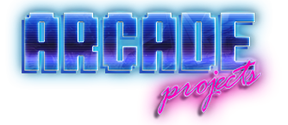Thank you sir, I don’t think we’re going to get much closer to 3.3v than that
Inspired by your success, on my non-working board I desoldered and the fully cleaned up U5 before resoldering it. I now have all 4 boards delivering 3.3v.
The non-working one was my first go at hand soldering a qfn without paste or a stencil. I am definitely much more confident with the qfn package now.
I note for others who may attempt this build, that over tinning the V(in) pad can prevent the tiny GL pad diagonally opposite from making contact. The other 2 big pads below are both gnd pads and have vias, so while you still need to be careful, they can draw a bit of excess solder down the via. You can clean up the sides with an iron but as
@xodaraP noted earlier the large gnd plane to the right takes a bit to heat up. I tended to find that once I had the tinning right, very little clean up was required. Where it was required it was typically bridging of the same V(in) pad mentioned earlier, which tended to indicate you were going to have issues with GL connection anyway. Bridging of the SW pin array to GL(pin10) was another area difficult to clean up. Again I found it better to either reflow or lift, clean up, and resolder if this happened, as it tended to indicate over tinning and even if you got it looking OK there were likely problems in other areas.
Hope that helps, looking forward to others trying this build. It really was rewarding.
